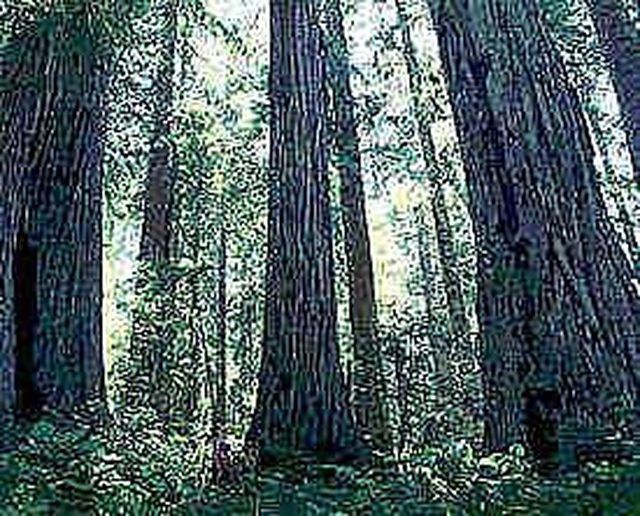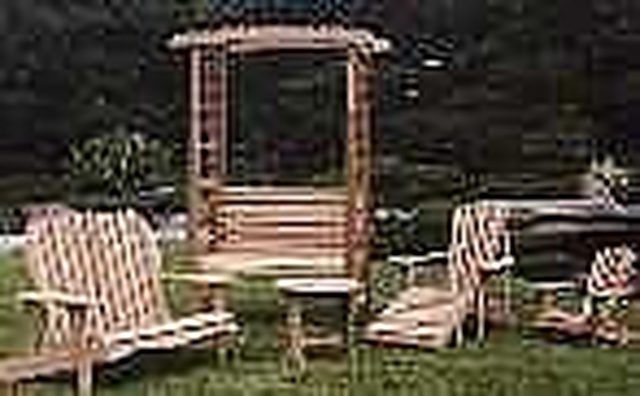Bulbs
Flower Basics
Flower Beds & Specialty Gardens
Flower Garden
Garden Furniture
Garden Gnomes
Garden Seeds
Garden Sheds
Garden Statues
Garden Tools & Supplies
Gardening Basics
Green & Organic
Groundcovers & Vines
Growing Annuals
Growing Basil
Growing Beans
Growing Berries
Growing Blueberries
Growing Cactus
Growing Corn
Growing Cotton
Growing Edibles
Growing Flowers
Growing Garlic
Growing Grapes
Growing Grass
Growing Herbs
Growing Jasmine
Growing Mint
Growing Mushrooms
Orchids
Growing Peanuts
Growing Perennials
Growing Plants
Growing Rosemary
Growing Roses
Growing Strawberries
Growing Sunflowers
Growing Thyme
Growing Tomatoes
Growing Tulips
Growing Vegetables
Herb Basics
Herb Garden
Indoor Growing
Landscaping Basics
Landscaping Patios
Landscaping Plants
Landscaping Shrubs
Landscaping Trees
Landscaping Walks & Pathways
Lawn Basics
Lawn Maintenance
Lawn Mowers
Lawn Ornaments
Lawn Planting
Lawn Tools
Outdoor Growing
Overall Landscape Planning
Pests, Weeds & Problems
Plant Basics
Rock Garden
Rose Garden
Shrubs
Soil
Specialty Gardens
Trees
Vegetable Garden
Yard Maintenance
How to Care for Western Red Cedar
How to Care for Western Red Cedar. From Northern British Columbia, Canada, to California, a rugged spine of mountains stretches for almost 1,500 miles parallel to the Pacific coast of North America. Along the slopes and in the valleys of these mountains, the humus-rich soil nourishes mixed softwood forests in vast abundance.

From Northern British Columbia, Canada, to California, a rugged spine of mountains stretches for almost 1,500 miles parallel to the Pacific coast of North America. Along the slopes and in the valleys of these mountains, the humus-rich soil nourishes mixed softwood forests in vast abundance.
Things You'll Need
A good wood sealer such as Thompson's Wood Sealer
The majority of Western Red Cedar (Thuja plicata) grows in coastal forests. Western Red Cedars grow also in the drier interior forests of British Columbia, Washington, Idaho and Montana where they are smaller in stature with a tight knotted growth characteristic. Cedars rarely grow in pure stands but are generally found in association with other species. Western Red Cedar forests are predominantly managed forests, in which controlled harvests, natural regeneration and reforestation programs ensure a perpetual harvest.Because of the inherent nature of Western Red Cedar to withstand the outdoor elements and insect attack Cedar does not require a finish to keep its structure over the years.
Many folks prefer to allow their cedar furniture to "naturally age" outdoors without any finish at all. Over time the colorful tones of the wood will weather to a handsome silver-grey highlighted by darker streaks, and the grain of the wood will become slightly raised.
If you would like to preserve the colorful tones of the freshly sanded cedar any number of finishes can be used on cedar furniture. The types we have tried and recommend are good quality penetrating sealers and transparent or solid exterior stains. There is a wide variety of colors to choose from these days which makes it easy to match your existing decor. I would recommend 2 coats of a semi transparent stain with a UV inhibitor such as " Sikkens Cetol 1 (natural) to preserve the handsome look of your furniture. Every 2nd year you might re-apply a coat of stain to freshen the finish. Little or no sanding, preparation or primer is needed when you use a stain.
Paint will work fine but like on any exterior surface, over time will begin to flake and will eventually need scraping and refinishing. Stain, however, is "breathable" and will not trap moisture, therefore - no blistering, no peeling. Western Red Cedar should be preservative treated if intended for use in applications where it is dug into the ground. i.e. Fence Posts, Landscape Ties or Garden Arbor Posts.

Tips & Warnings
I do not recommend using oil finishes on your outdoor furniture as dust particles in the air will stick to the finish.